Shutter school: how to take great photos in any scenario
Tips and tricks for better photography
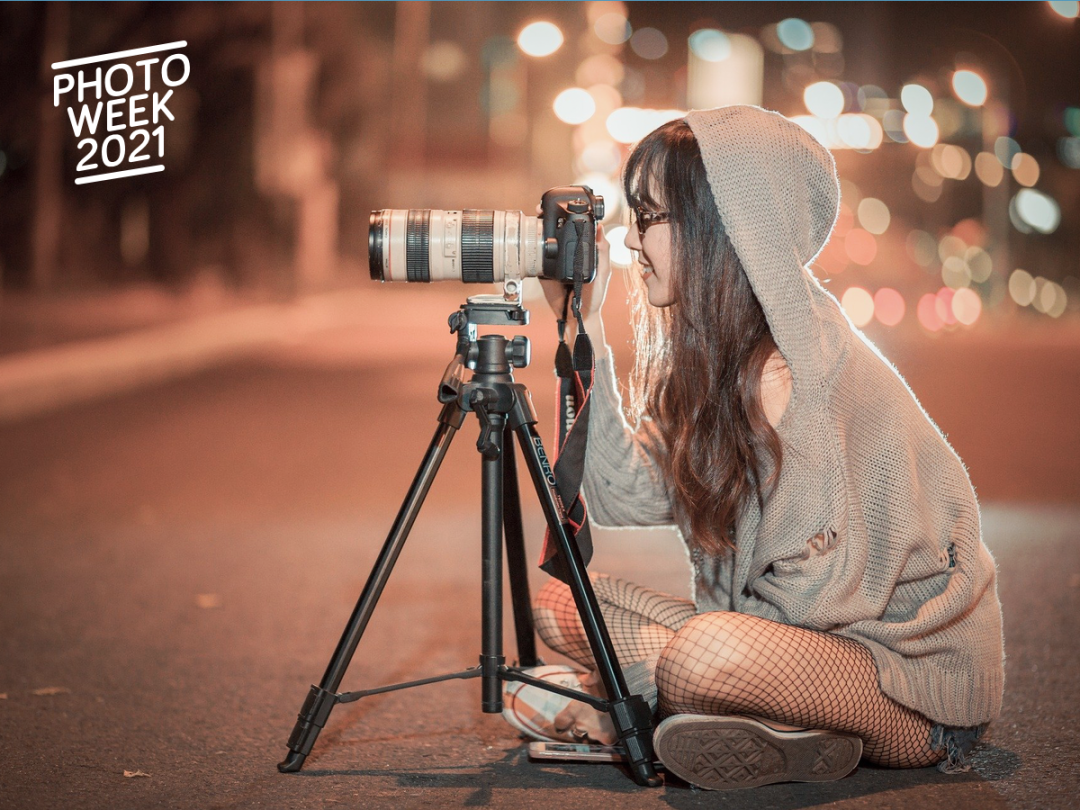
Great photography means more than twiddling dials and picking the right ISO setting for a given scenario.
OK, so there’s often a lot of twiddling dials. But taking your photography up a notch also requires creativity and a willingness to experiment. And not just with different filters.
Want to shoot more striking snaps but not sure how to get started? From city streets to portrait studios, the simple tips below cover just about every scenario – and should help you on your way to capturing better pictures. So turn your brain to learning mode and prepare for some self-improvement, Stuff style.
Top tips for better street photography
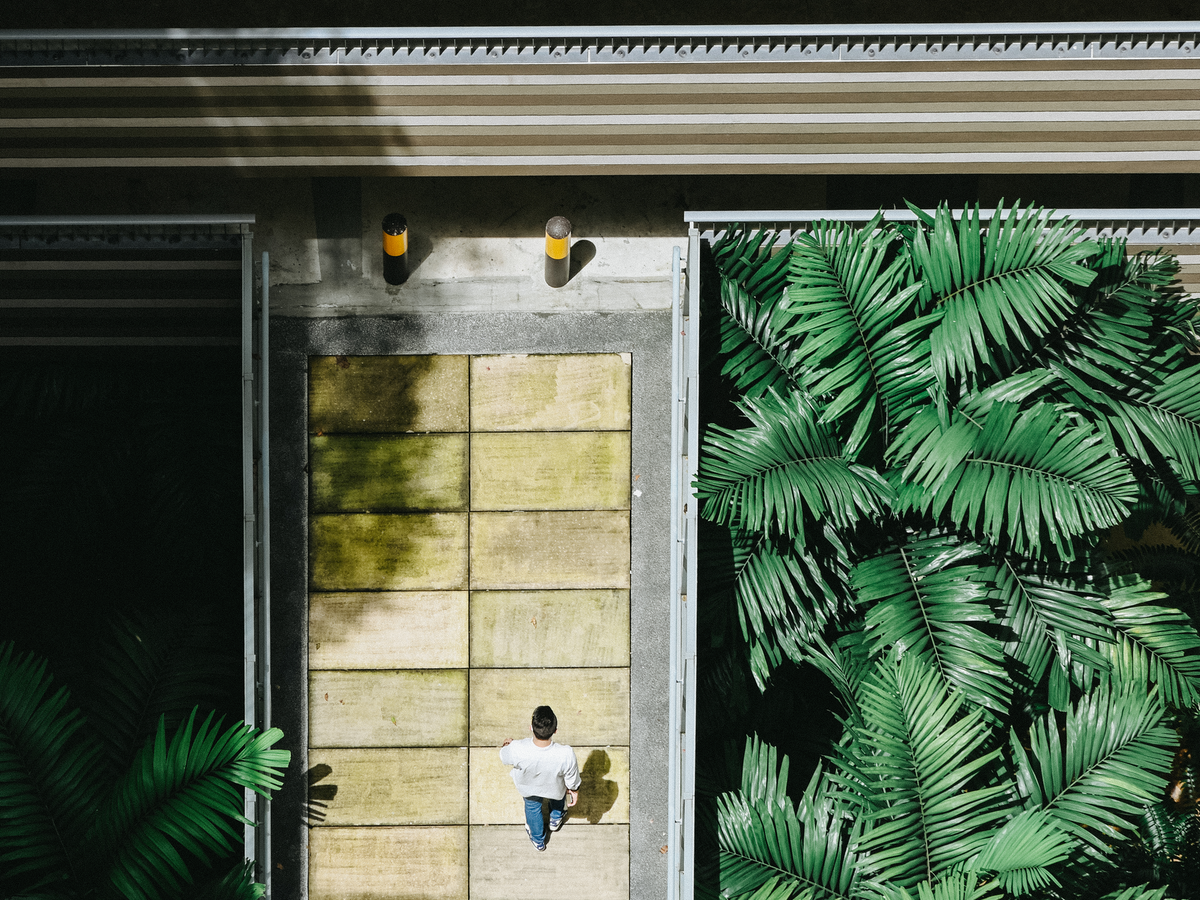
Frame it first
Finding your frame before you select a subject allows you to create a considered composition. For example, try using street furniture as a border.
Get in the zone
Focus on an object a set distance away and turn to manual focus. You’ll get sharp shots when anyone enters the frame in the same position.
See the light
Everyone shoots people. Instead, consider finding an area of harsh sunlight and capture strange, unique shadows and reflections.
Top tips for taking photos at night
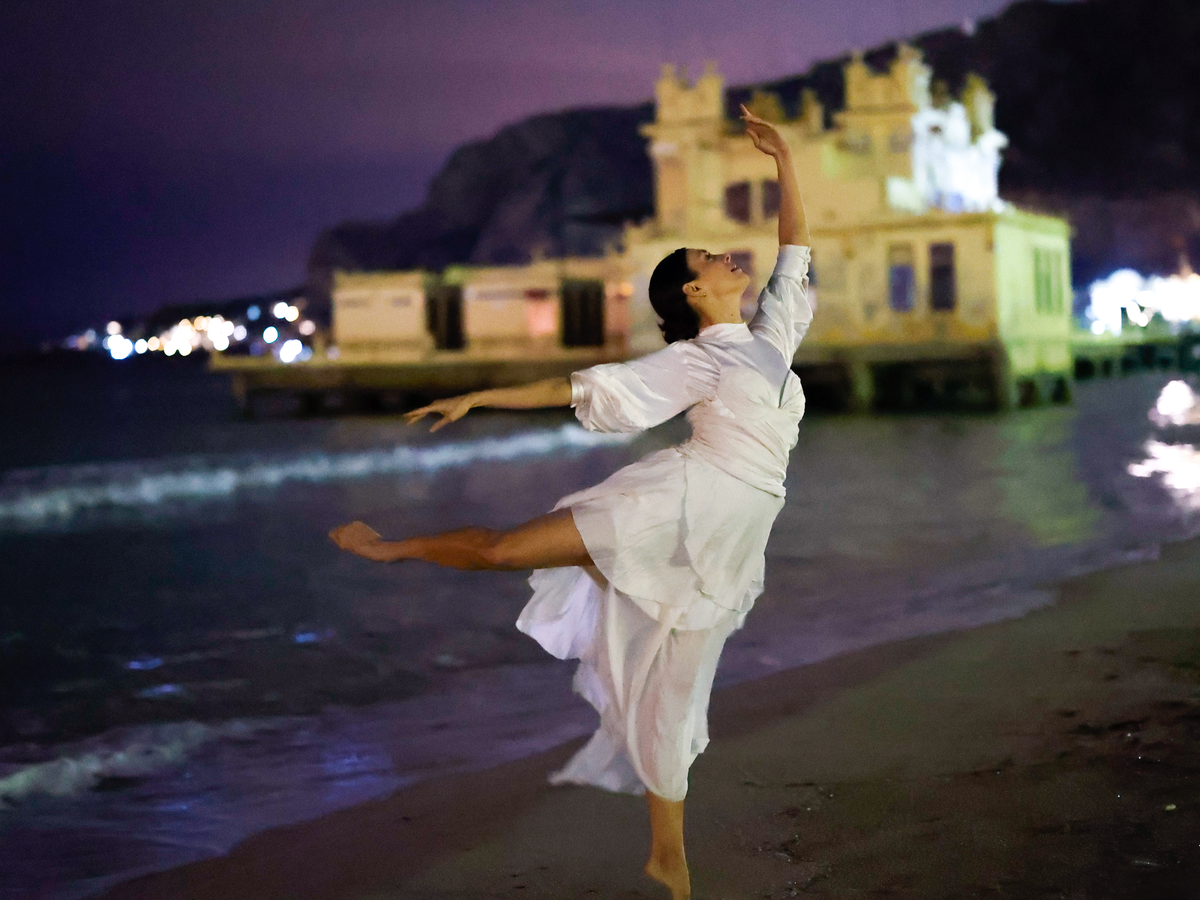
Steady on
A tripod is essential. Steadying your camera allows you to use slower shutter speeds, letting in more light and killing blur.
Paint with light
Set a long exposure and shine a torch from behind your camera (experiment with times) to create amazing effects.
Go for the glow
Try shooting portraits at night with neon lights. The colours will pop, and a wide aperture can create stunning bokeh.
Top tips for nature photography
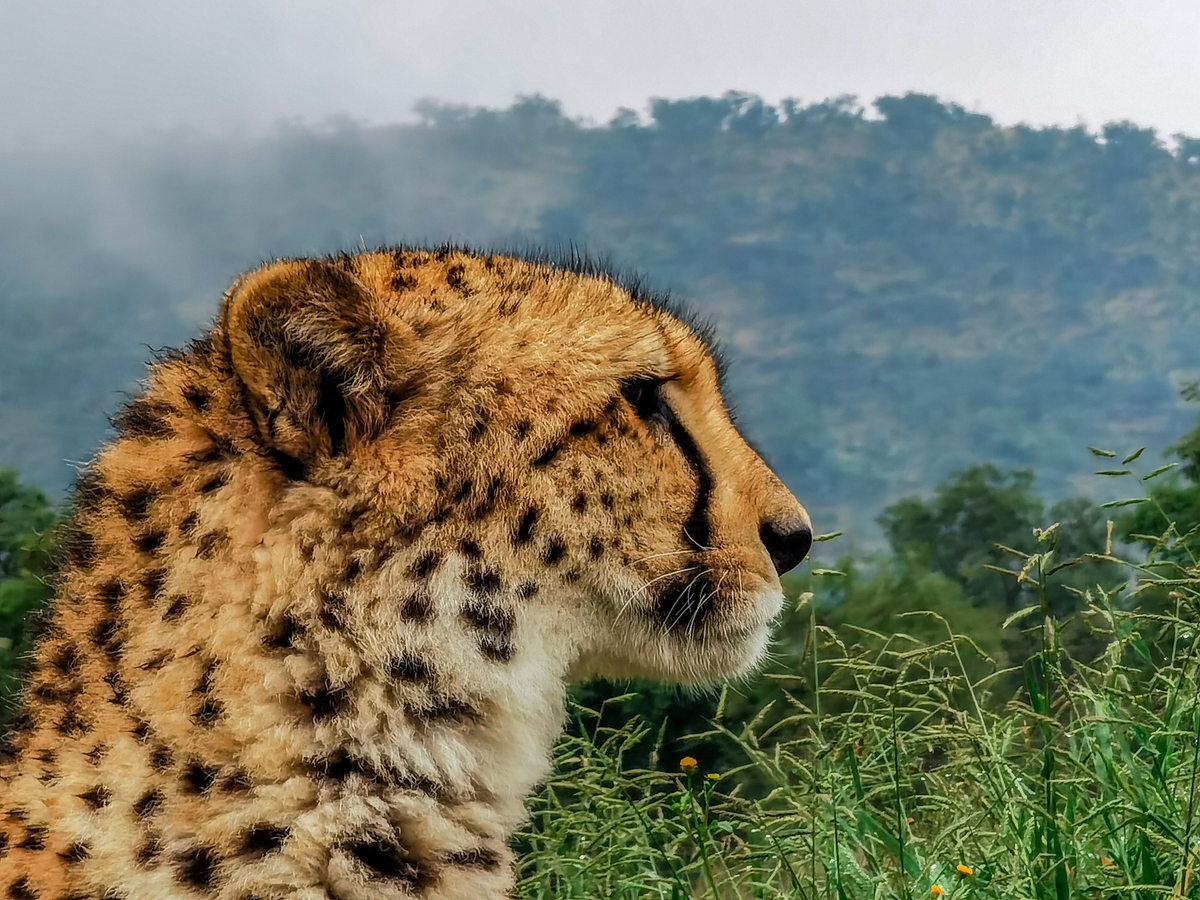
Play a long game
A zoom lens with a 400-600mm focal length will let you get close. Long focal lengths can also create nice blurred backgrounds.
Hunt down your prey
Having a camera with a high continuous shooting speed means you can maximise your shots to ensure you get ‘the one’.
Find your centre
Setting your camera’s AF point in the centre means you’ll always know where to point the lens. One less thing to worry about.
Top tips for taking great portraits
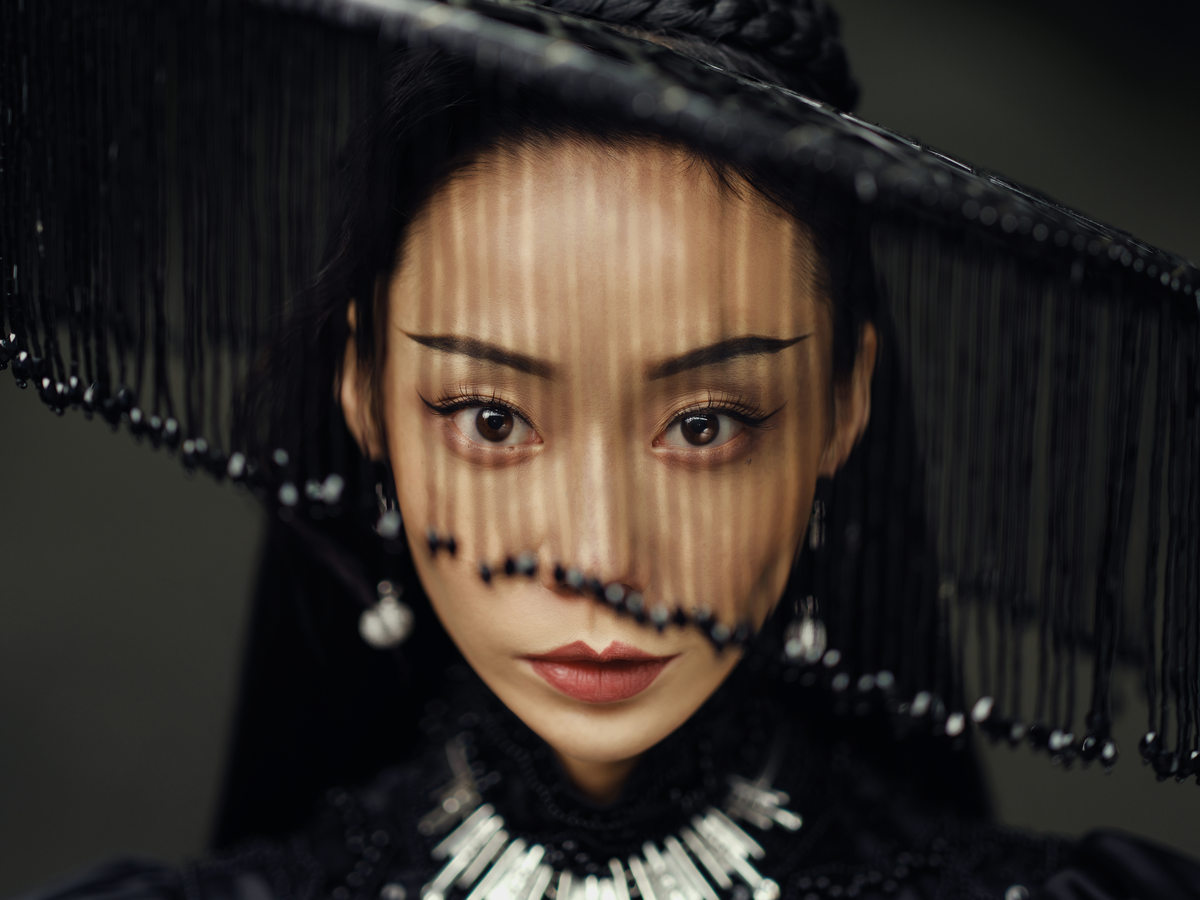
Score a fifty
A 50mm f/1.8 is the first non-kit lens you should own. It’s budget-friendly and lets you easily blur the background.
Let the light in
The easiest portrait light is a window. Sit your subject at 90° and rotate them until the nose starts to cast a shadow.
Pores for thought
Skin-smoothing in the edit can be flattering, but it’s important to ensure you retain some texture for a natural look.
Top tips for food photography
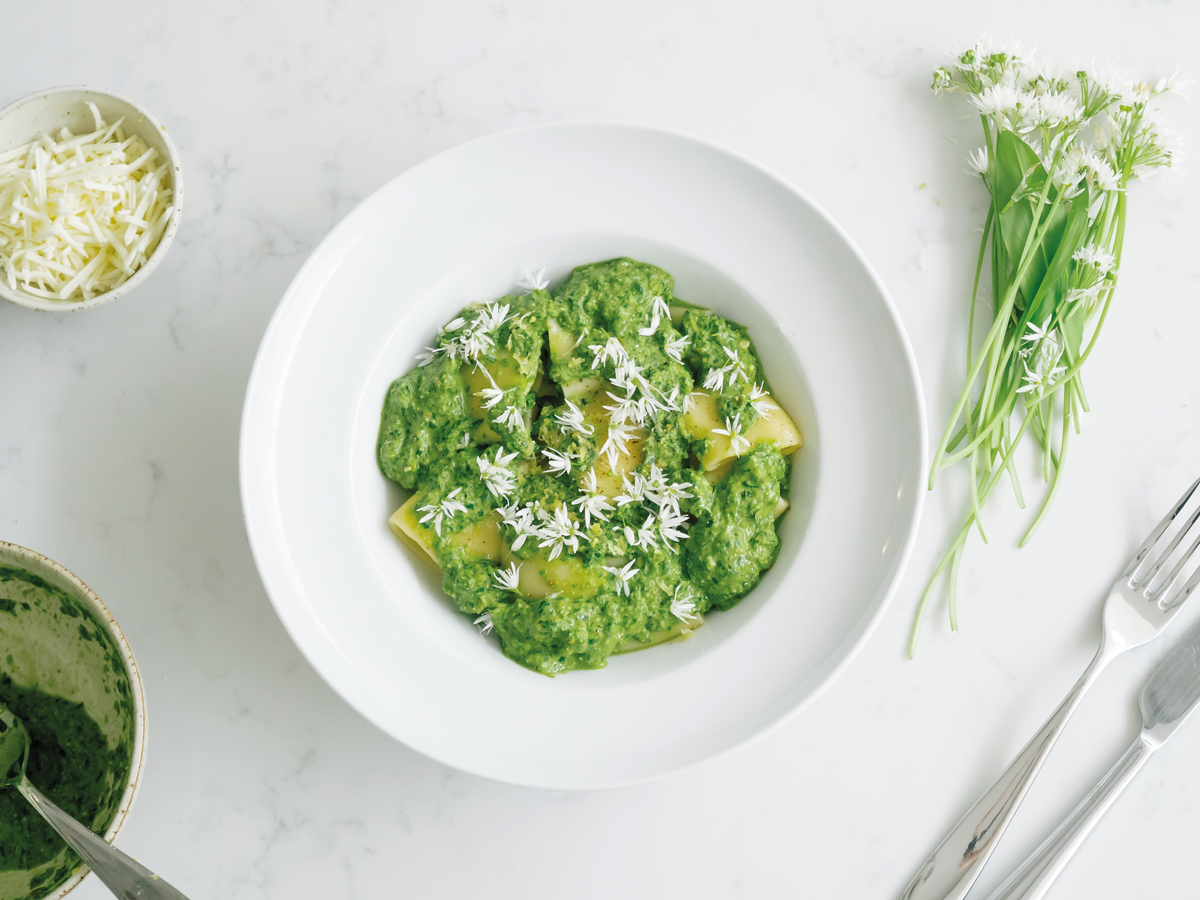
Enjoy a light snack
If you’re shooting from overhead, try attaching a flashgun and pointing it at the ceiling for a soft, even light.
Bake it or fake it
Styling is everything. Whether using mashed potato as ice cream or motor oil as maple syrup, it’s all fair game.
Give yourself props
Accessories can create stunning lifestyle images. Try a chopping board, some bouquet garni or a dash of icing sugar.
Top tips for videography
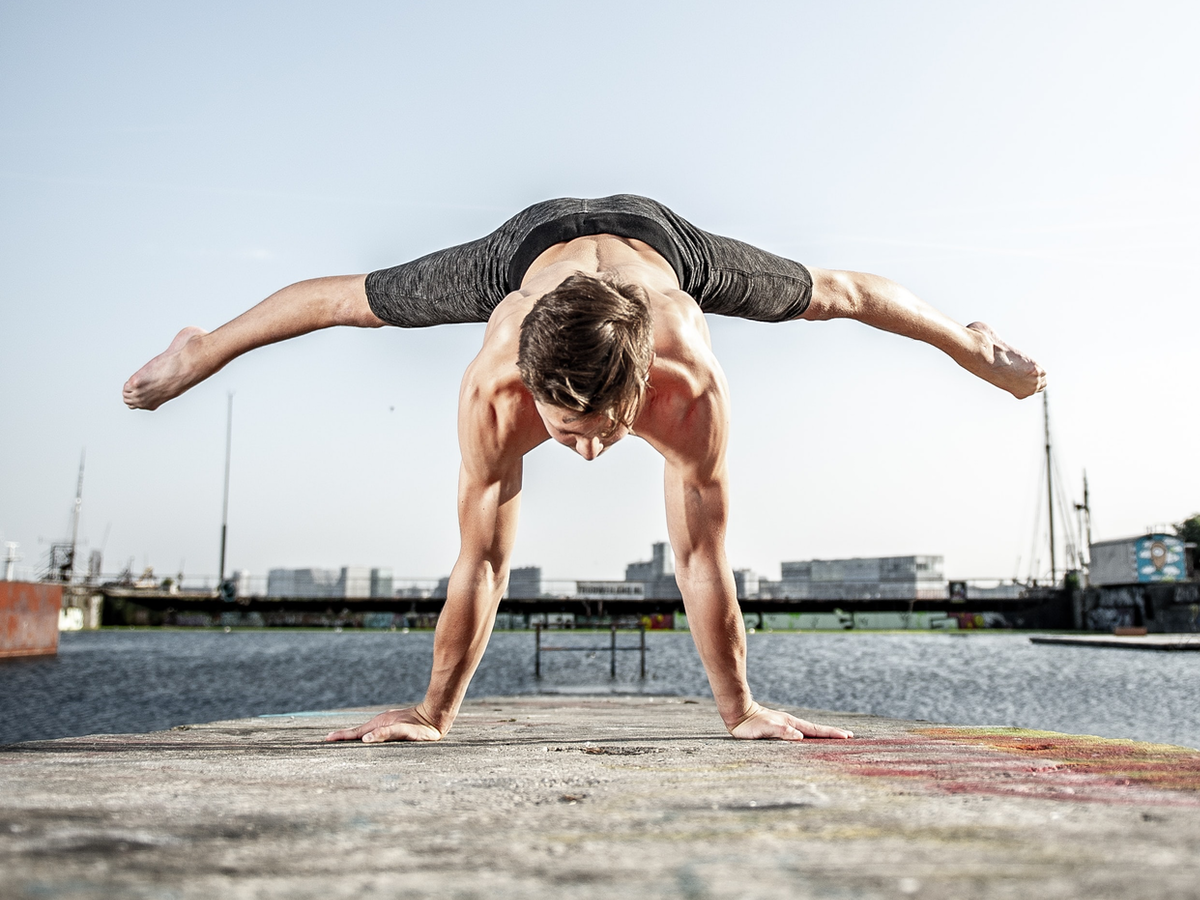
Double up
Set your shutter speed to double your frame rate for natural motion blur: 1/50s for 25fps, 1/100s for 50fps, and so on.
Shake it off
If you want to shoot handheld, opt for a camera with image stabilisation. This will create a smoother look.
Keep your focus
Unless you have a new camera with excellent video AF, you’ll be better off with manual focus for consistently sharp shots


